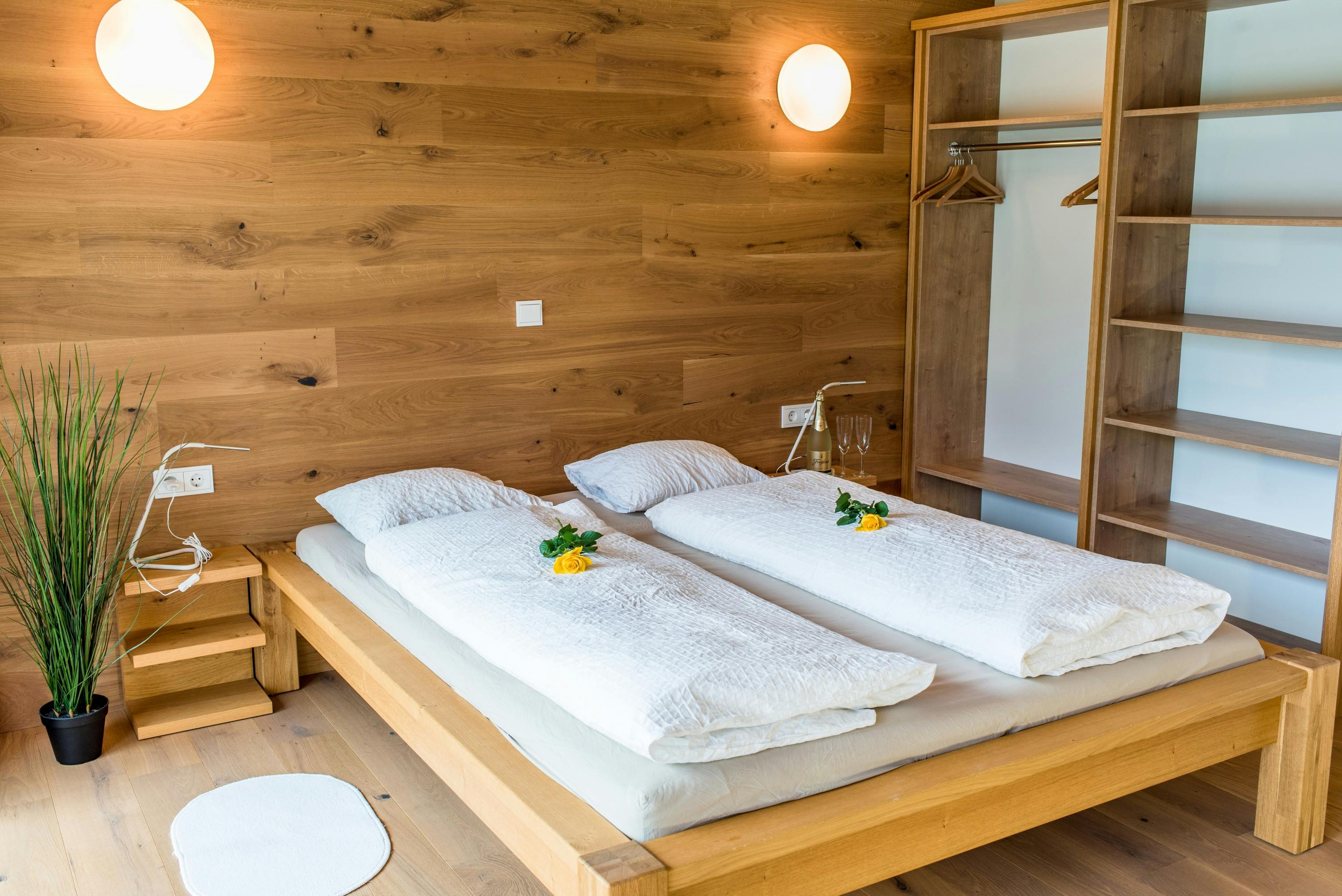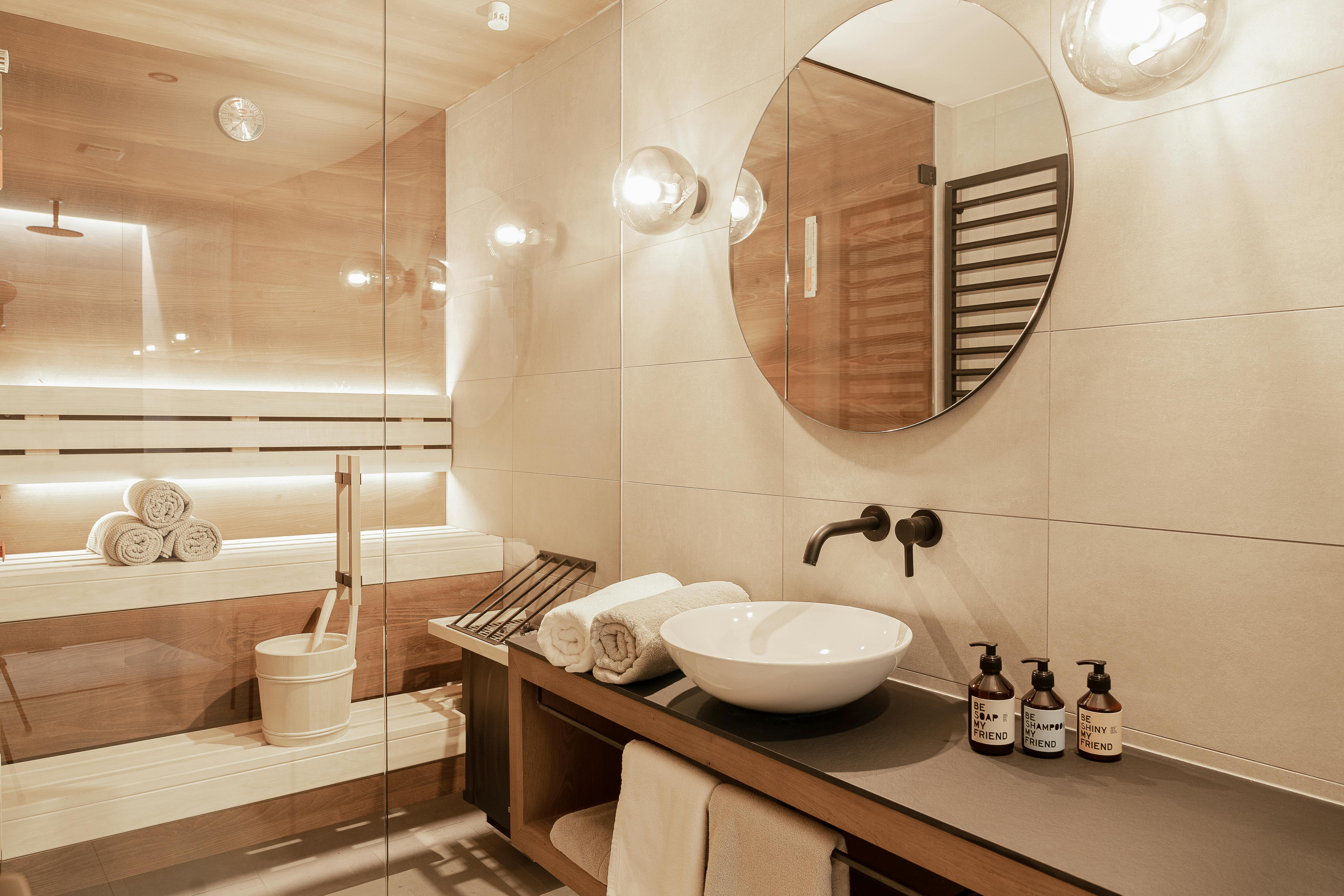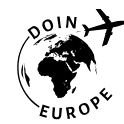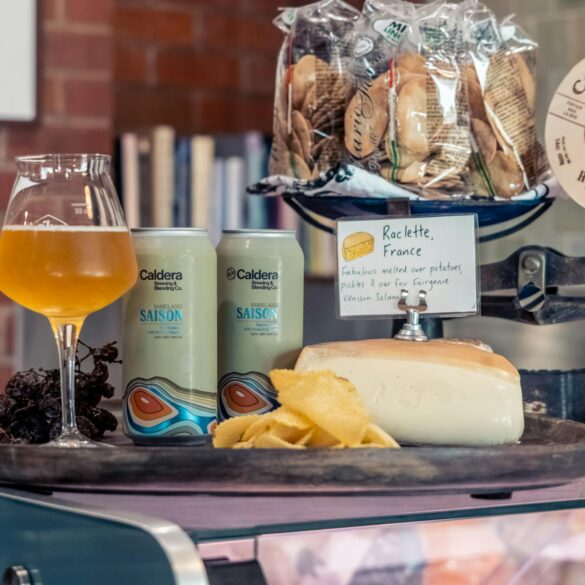Austria’s Hotel Energy Cost Optimization: The Real Pro Playbook, Zero Renovation Required
How do Austria’s most successful hoteliers keep energy bills under control—without embarking on daunting, costly renovation projects? It’s a question that’s haunted me (and, I’d wager, most hospitality professionals) for years. Three winters back, when a mountain resort we advised faced yet another spike in utility costs, we were desperate for answers—solutions that went beyond the usual “install solar panels, upgrade HVAC” recommendations. What struck me, after dozens of conversations with Viennese hoteliers and Salzburg sustainability consultants, is how many reliable optimization strategies are hiding in plain sight. Tips that require little more than change management, not budget-busting construction projects. Sound familiar? If you’ve ever wondered, “Isn’t there an easier way?”—this guide’s for you.
Why Energy Optimization Matters in Austria
Let’s step back for a moment. Austria’s hotels (big, small, heritage, boutique) spend, on average, 9–13% of operating costs on energy1. For many, especially those outside major cities, seasonal fluctuations can mean the difference between profit and loss. Having worked with both Alpine inns and urban chains, I’ve seen firsthand how sudden price hikes rattle an entire team. The more I talk to industry peers, the clearer it gets: optimising energy spend is no longer a “nice to have”; it’s a survival strategy, especially as Austria tightens its climate targets2.
9 Pro Techniques with Immediate Payoff
Before we jump into the strategies, let me clarify one thing: If you’re hoping for some “magic” device or miracle solution, you’ll be disappointed. Real results come from operational tweaks, staff engagement, and surprisingly simple tech-enabled processes. Here are the core techniques, honed by Austria’s best energy-saving hoteliers—not a single one requires tearing down walls or gutting your systems.
- Digital Metering and Energy Dashboards: Nearly every modern Austrian hotel now uses affordable smart meters or online dashboards for granular, real-time tracking of energy use3. “If you can’t measure it, you can’t manage it”—I learned that the hard way consulting for an Innsbruck property.
- Guest Room Automation: Sensor-based controls for heating, cooling, and lighting (no rewiring needed) slash usage by 20% on average, especially in shoulder seasons4.
- Seasonal Scheduling: Adjusting housekeeping schedules, pool heating, and kitchen ramp-up/ramp-down by season—rather than static routines—can yield cost savings with zero equipment change.
- Staff Training & Incentivisation: The pros consistently mention this: Energy-saving behaviours multiply when staff get direct feedback, plus simple incentives (gift cards, extra breaks) linked to performance.
- Maintenance Tweaks: Monthly checks on water heaters, HVAC filters, and freezer seals. Surprising, but in my experience, neglected seals account for €400–€800 extra per month in wasted energy.
- Peak Load Shifting: Scheduling high-energy tasks (laundry, dishwashing) during off-peak tariff windows. Most properties I’ve worked with see 8–12% annual energy savings from this alone.
- Utility Negotiation: Proactive contract renegotiation with providers—benchmark rates quarterly, and you’ll rarely be stuck with surprise fees. A Vienna manager taught me this crucial habit.
- Data-Driven Guest Messaging: Discreet signs and digital nudges (“Help us save energy—a more sustainable Austria starts here!”) raise guest awareness and measurably reduce waste.
- Joining a Local Energy Cooperative: Tap into group purchasing and energy sharing schemes pioneered across Tyrol and Carinthia. Collaboration yields major negotiating power without infrastructure upgrades5.
Austria was the first EU country to require hotels over a certain size to report annual energy consumption to local authorities—a practice that’s led to national benchmarking and the identification of low-cost optimisation strategies from Vienna all the way to Graz.6
Case Studies: What’s Working Right Now
Last year, I spent several weeks shadowing the team at a lakeside Salzburg hotel—legendary for consistently beating the regional energy average. What really struck me was their refusal to invest in flashy tech, preferring daily operational discipline. Here is what they did:
- Weekly Data Reviews: Every Monday, the team meets for a 15-minute energy dashboard debrief. “We don’t punish, we adjust,” says their facility manager.
- Low-Season Housekeeping Shifts: Reallocation of cleaning schedules to reduce daytime energy spikes. One mistake I saw: Initially, changes were made without staff input—leading to friction and a dip in morale. Lesson learned, engagement is key.
- Guest Room Window Checks: Seasonal draft checks became a quick, gamified staff competition (see who finds the most leaks). Winner gets a restaurant voucher.
Let me clarify something: None of these shifts required new equipment—just a willingness to experiment and correct course along the way.
| Technique | Implementation Cost (€) | Estimated Annual Savings (€) | Time to ROI |
|---|---|---|---|
| Digital Metering | 350–1,200 | 4,000–7,000 | 2–4 Months |
| Peak Load Shifting | 0 | 2,500–4,000 | Instant |
| Staff Training | 300–800 | 2,000–4,500 | 1–2 Months |
Common Mistakes & Myths
Okay, let’s be honest—every hotelier I know has made at least a few of these missteps, myself included. Here are the top three misconceptions, and what I’ve learned while correcting them.
- “Smart building = automatic energy savings.” What really happens? If you don’t monitor and calibrate regularly, “smart” systems can end up running at maximum capacity 24/7. One Vienna property doubled its bill because room sensors weren’t linked to actual occupancy data.7
- “Pricier energy providers offer better service.” Actually, in Austria’s competitive market, budget suppliers often provide the same reliability. Quarterly benchmarking beats loyalty every time.8
- “Renovation is the only route to compliance.” Not true. Most local councils offer energy audits and grants for operational improvements, not just capital upgrades.9
Real talk: If you’re stuck waiting for approval on a big renovation, you’re missing months (sometimes years) of potential savings. Don’t let bureaucracy crush your efficiency.
A mentor of mine once said, “Austria’s hospitality sector excels not because we’re quick to renovate, but because we’re quick to adapt.” That stuck. In my experience, the fastest wins come from mindset shifts, not physical upgrades.
Where Is Hotel Energy Management Headed?
Looking ahead, what excites me most is the convergence of behavioural economics, real-time data, and local policy. Trends I’m seeing in 2024:
- Rise of joint purchasing and cooperatives offering instant price leverage—even for tiny properties.
- Mandatory digital reporting, which already nudges managers into more proactive, weekly adjustments.10
- Expansion of “green guest” programs—offering visible rewards for eco-friendly behaviour, creating positive pressure on both staff and guests.11

Your 7-Day, Zero-Renovation Action Plan
Most energy-saving guides leave you feeling overwhelmed (“Where do I even start?”). I’ve tailored this 7-day plan for any Austrian hotel, based on what’s actually worked when helping property teams—no new boilers, no permits required. Take it from someone who’s tried every shortcut and learned plenty from mistakes along the way.
- Day 1: Collect baseline data. Use your current metering system or grab a €100 wireless monitor. Record daily usage by department.
- Day 2: Identify your three biggest energy “culprits.” For most hotels, these are kitchen operations, laundry, and ambient heating.
- Day 3: Meet with staff for a “waste walk.” Encourage feedback—ask what frustrates them about current routines. Capture insights (especially from housekeeping).
- Day 4: Review your utility contracts. Benchmark rates online and jot down dates for next negotiation.
- Day 5: Audit all guest room automation—test sensors, adjust default settings, and (crucially) document what works or needs recalibration.
- Day 6: Create seasonal checklists for maintenance and cleaning. Build routines that allow for simple off-peak rescheduling.
- Day 7: Launch your guest messaging campaign. Make it positive, local, and actionable (“Did you know last year our guests saved enough energy to power a local school?”).12
Expert Tips for Sustained Savings
- Rotate staff incentives quarterly—new rewards keep engagement high.
- Join sector WhatsApp groups. Hoteliers from Linz to Graz share live tariff alerts and negotiation tips daily.
- Schedule monthly “energy debriefs”—short, actionable, always ending with one concrete change.
- Encourage guests to opt into energy reports—create a simple, end-of-stay dashboard with their impact.
Quick Answers to Austria’s Top Hotel Energy Questions
- “What’s the fastest way to cut energy bills?” Start with digital metering and seasonal rescheduling—you’ll see impact within days.
- “Do I need expensive automation?” No. Affordable sensors and smart plugs suffice for most properties. Focus on integration over expense.14
- “Is staff engagement really that important?” Absolutely. Passive teams waste more than inefficient boilers.15
- “Are local grants available?” Yes, but apply early—demand is high. Check your council’s sustainability office for deadlines.16
One more thing: If you run a heritage hotel or have listed status, there’s often more operational flexibility than you realise. Renovations are restrictive—but routines are yours to shape. The more you adapt, the better you’ll cushion against price volatility and climate regulation shifts.
Conclusion: Why Austria’s Pros Stick With These Techniques
Honestly, I reckon the Austrian hotel sector stands out globally—not because of grand gestures, but due to relentless, pragmatic optimisation. You’ll hear skepticism about “little changes,” but let me revise my earlier thinking: having watched energy savings double after a single month of staff-led adjustment, I get why these pros swear by operational solutions first. What’s more, as regulations evolve, even luxury brands are turning to these same zero-renovation tactics. Over the last few years, I’ve seen properties of every size—mountain chalet or Vienna conference center—achieve significant savings just by rethinking processes and empowering teams.
Evergreen Advice for Future-Proof Energy Efficiency
- Continue granular metering—even as tech advances, process beats purchase.
- Refresh seasonal routines yearly. Winters and summers bring unique energy challenges.
- Empower every level of staff—from front desk to back office, engagement matters.
- Track grants, cooperatives, policy changes. Flexibility equals savings in unpredictable markets.
References & Further Reading
References



